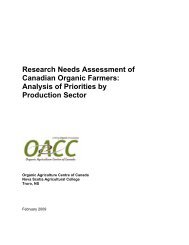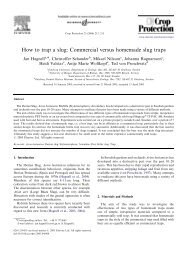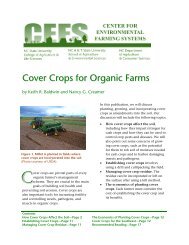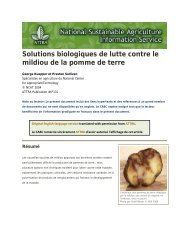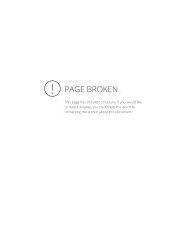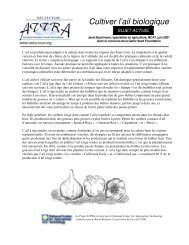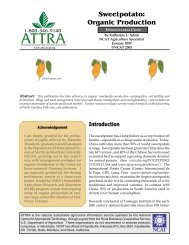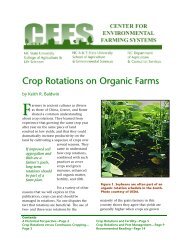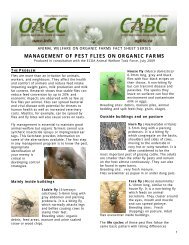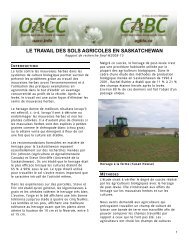Recommended Animal Handling Guidelines and Audit Guide
Recommended Animal Handling Guidelines and Audit Guide
Recommended Animal Handling Guidelines and Audit Guide
- No tags were found...
Create successful ePaper yourself
Turn your PDF publications into a flip-book with our unique Google optimized e-Paper software.
<strong>Recommended</strong> <strong>Animal</strong> <strong>H<strong>and</strong>ling</strong> <strong><strong>Guide</strong>lines</strong> <strong>and</strong> <strong>Audit</strong> <strong>Guide</strong> 2007 EditionChapter 2: <strong>Audit</strong>ing <strong>Animal</strong> <strong>H<strong>and</strong>ling</strong> <strong>and</strong> Stunning“You manage what you measure.” That is certainly true when it comes to assuring optimal animalwelfare. A number of objective criteria can be used to measure animal welfare in packing plants.By measuring welfare indicators regularly, problems can be detected <strong>and</strong> continuous improvementachieved.This chapter details what criteria to use in evaluating livestock welfare in packing plants. TheAMI Foundation recommends conducting audits at least weekly <strong>and</strong> varying those audit days <strong>and</strong>times during shifts to assess the role that employee experience, behavior <strong>and</strong> fatigue may play inanimal h<strong>and</strong>ling <strong>and</strong> stunning.AMIF is committed to an audit program that is simple to conduct. <strong>Audit</strong>s that are easy to underst<strong>and</strong><strong>and</strong> execute are more likely to be conducted with greater frequency <strong>and</strong> fewer errors. Eachof AMIF’s objective criteria is designed to measure a multitude of potential issues. For example,counting slips <strong>and</strong> falls can assess whether a ramp is too steep, whether animals are being driventoo aggressively <strong>and</strong> whether a floor may be too slippery <strong>and</strong> need re-grooving. Measuringvocalization levels will indicate if prods are being overused, if restrainers are too small forlivestock, <strong>and</strong> a host of other issues. Each of these individual items need not be evaluated onaudits if the core criteria scores are within the target range, but notes may be taken to indicatewhich factors may have contributed to the score.If a score falls below the acceptable range specified in these guidelines, plant managementshould take steps to correct the problem. The results of the 1996 Survey of Stunning <strong>and</strong> <strong>H<strong>and</strong>ling</strong>in Federally Inspected Beef, Pork, Veal <strong>and</strong> Sheep Slaughter Plants (sponsored by USDA’s<strong>Animal</strong> <strong>and</strong> Plant Health Inspection Service) indicated that the recommended minimum acceptablelevels specified in this guide are reasonably achievable. Additional data collected duringaudits of beef <strong>and</strong> pork plants have further verified that the minimum st<strong>and</strong>ards are attainable.Objective scoring of percentages should be done in the following areas that are the core criteriafor good animal welfare (Gr<strong>and</strong>in, 1998).39AMI<strong>H<strong>and</strong>ling</strong>Slaughter<strong><strong>Guide</strong>lines</strong>07.1AMIJune 11, 2007



